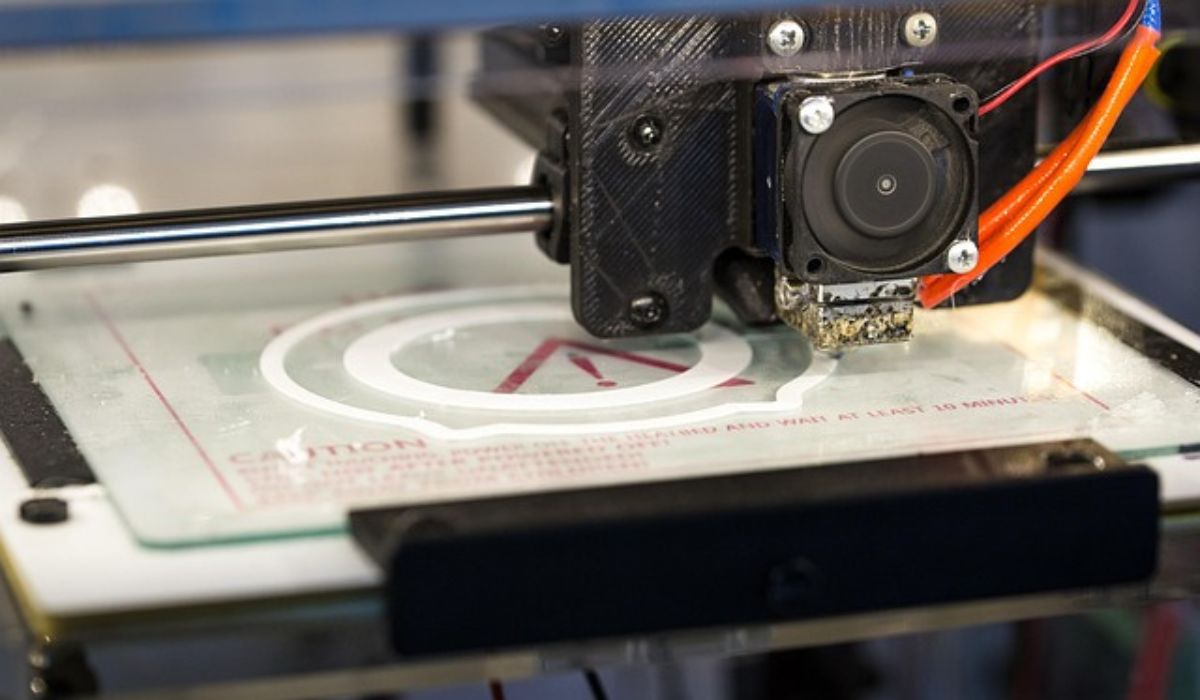As Lockheed Martin 3D-prints satellite parts in orbit and startups craft human organs, 5starsstocks 3D printing investments are reshaping trillion-dollar industries. Forget yesterday’s prototypes; today’s additive manufacturing (AM) stocks could be your portfolio’s hidden gem. Let’s be real—they’re not magic money trees. But smart money’s betting big. Ready to explore it.
Surprise: That “plastic toy” myth? Totally busted. The global 3D printing market will hit $110B by 2030 (Grand View Research). Think aerospace, medical implants, even your next car’s engine block.
| Traditional Manufacturing | Industrial 3D Printing |
| 6+ months for custom parts | Days to weeks |
| 30% material waste | <10% waste |
| High cost for small batches | Customization = cheap |
Honestly, it’s like upgrading from a typewriter to ChatGPT for factories. Additive manufacturing slashes waste, speeds up production, and makes bespoke parts affordable. Game. Changer.
Forget flashy startups—industrial AM thrives on proven players. Keep these on your radar:
- Stratasys (SSYS): Dominates aerospace (Boeing, Airbus) and medical (surgical guides). Their patented P3 tech? Gold dust.
- Proto Labs (PRLB): The Amazon of on-demand industrial parts. Scaling like crazy.
- Materialise (MTLS): Brains behind the operation. Their software runs 80% of industrial AM printers.
Case in point: Siemens cut turbine production costs by 40% using metal AM. That’s the power of printing titanium blades in-house. Dr. Tim Simpson at Penn State’s CIMP-3D put it best: “We’re not just making parts. We’re reimagining design itself.”
Okay, real talk: AM stocks got hammered in 2023’s tech correction. Bubble fears? Overblown—if you pick wisely.
📈 Chart Insight: While the S&P 2024 gains crawled at 8%, top additive manufacturing stocks like SSYS surged 34% post-correction. Volatility? Sure. But check the trajectory:
Biggest risk? Metal powder shortages. Companies without mining partnerships (e.g., Höganäs) could stumble. Don’t put all your eggs in one photopolymer basket.
Cut through the noise with this 4-point checklist:
✅ IP Moat: Patented materials (e.g., Stratasys’ dental resins) = pricing power.
✅ Cross-Industry Adoption: Healthcare + Automotive = resilient demand.
✅ Profit Margins >30%: Proto Labs nails this. Consumer-focused printers? Red flag. 🚩
✅ R&D Reinvestment: Under 15% of revenue? Walk away.
Pro tip: Avoid companies relying on hobbyist 3D printers. Industrial-scale is where the money’s at.
Start small. Seriously.
- Dip in with ETFs: The PRNT ETF spreads risk across 50+ AM stocks. Perfect for beginners.
- Watch the regulators: FDA approvals = bioprinting boom (Organovo’s 2027 liver trials = sleeper hit).
- Micro-invest: Apps like Acorns let you start with $50/month.
So—which sector excites you most? Bioprinting organs? Or space manufacturing? Hit reply and let’s debate!
5starsstocks 3D printing isn’t sci-fi—it’s supply chains being rebuilt. Start small, focus on industrial enablers, and watch this space like a hawk.
Q: Are 3D printing stocks overvalued after the 2023 surge?
A: Not universally. Companies solving aerospace/medical bottlenecks (like Materialise) still trade below intrinsic value.
Q: What’s the biggest threat to AM stocks?
A: Metal powder supply chains. Watch companies with mining partnerships (e.g., Höganäs).
Q: Can small investors benefit or is it institutional-only?
A: ETFs like BLDG make entry accessible—$50/month micro-investing works.
Q: Is bioprinting a viable investment yet?
A: Pre-revenue but explosive potential: Organovo’s liver tissue trials could be 2027’s catalyst.
Q: How does AI impact 3D printing stocks?
A: AI-driven design optimization (see nTopology) slashes material waste—key for profitability.
Q: Which sector adopts AM fastest?
A: Dental/medical (65% custom parts) outpaces automotive (30%)—follow the FDA approvals.
